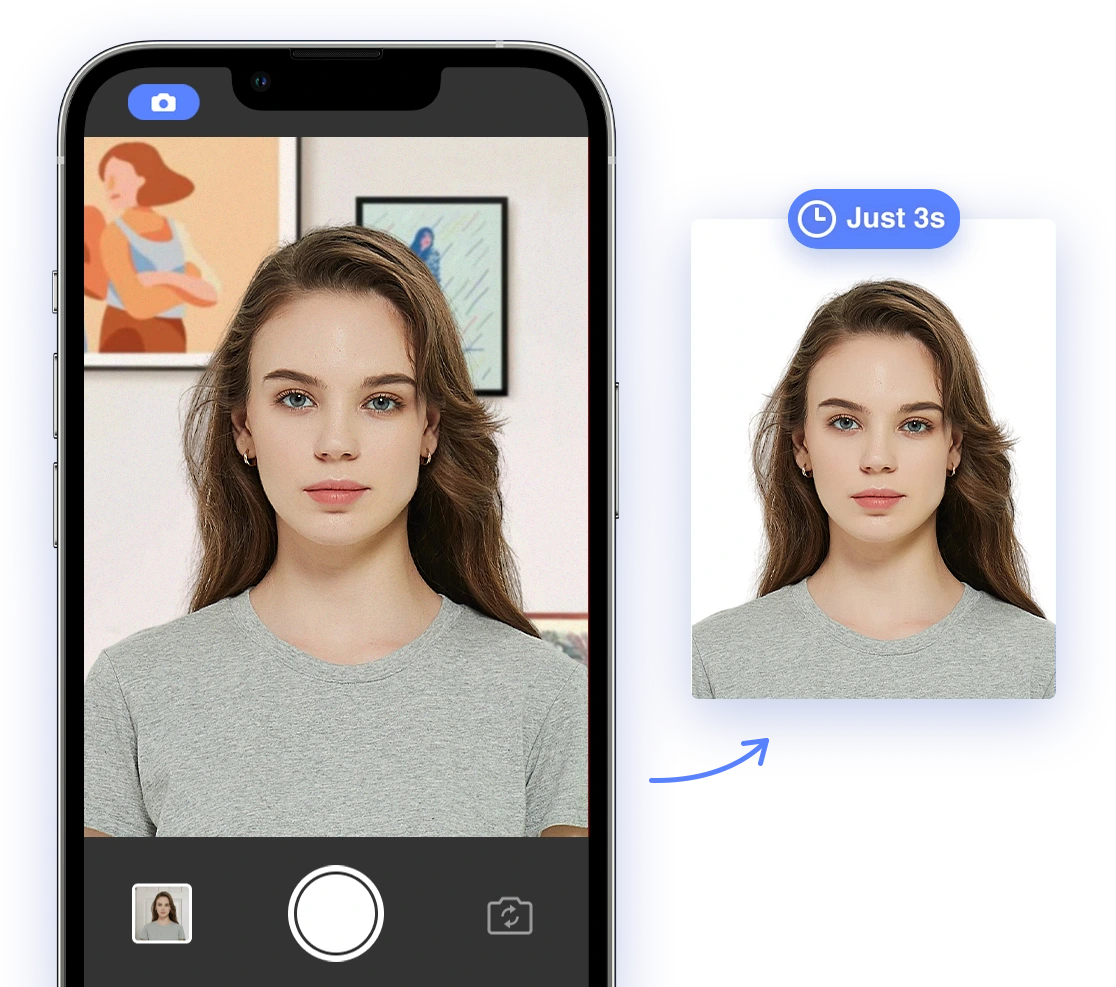Decoding Passport Photo Mysteries: Why Requirements Vary Across the Globe
Embarking on an international adventure? You're probably aware that a valid passport is your ticket to explore new horizons. But before you pack your bags, there's a crucial detail that often gets overlooked: the passport photo. Seems simple, right? Snap a picture, and you're done. However, the world of passport photos is governed by a surprisingly complex web of rules that vary significantly from country to country. Why is this seemingly straightforward task subject to such diverse regulations?
This article dives into the intriguing reasons behind these varying passport photo requirements worldwide, helping you understand the method behind the apparent madness. From national security concerns to technological infrastructure and cultural factors, we'll explore the elements that shape each country's unique approach to passport photos. Discover how to avoid common pitfalls and ensure your passport photo is accepted the first time.
The Role of ICAO Standards
The International Civil Aviation Organization (ICAO), a specialized agency of the United Nations, sets baseline standards for international travel documents, including biometric passports. These standards aim to ensure a degree of consistency and security across borders. ICAO guidelines cover fundamental aspects of passport photos, such as size, resolution, and basic facial recognition criteria. However, these are baseline standards, and ICAO guidelines are not universally adopted as the only requirements, leaving room for individual countries to implement their own, often more stringent, rules.
Why aren't ICAO standards universally followed? The answer lies in the unique priorities and capabilities of each nation. These variations reflect each country's specific needs and resources.
National Security: A Tailored Approach
National security concerns are a primary driver behind differing passport photo requirements. Each country tailors its regulations to enhance security measures and prevent fraud, reflecting its specific concerns and risk assessments. These measures might include unique regulations, such as requiring specific lighting conditions, head sizes, or background colors, all designed to make counterfeiting and identity theft more difficult. It's about making the passport as secure as possible against those who might try to misuse it.
For example, some countries mandate that ears be visible in passport photos to aid in biometric identification, while others have strict rules about the absence of shadows or reflections. These specific requirements are not arbitrary; they are carefully considered measures aimed at bolstering security and preventing fraudulent applications.
Technological Infrastructure: The Digital Divide
The stringency and type of photo requirements are also heavily influenced by a country's technological capabilities. Nations with advanced facial recognition software and data processing infrastructure can implement more complex biometric analysis, leading to stricter photo specifications. This technological advantage allows for a more detailed and secure identification process.
For instance, a country with sophisticated facial recognition technology might demand higher resolution photos with precise alignment of facial features. In contrast, countries with less advanced technology may focus on more basic requirements, such as ensuring clear visibility of the face and absence of obstructions. The level of technology directly impacts what a country can realistically enforce and verify.
Cultural and Historical Factors: Reflecting National Identity
Cultural norms, historical practices, and even religious beliefs can significantly impact passport photo rules. These factors often dictate allowances for head coverings, jewelry, or other cultural attire. It's a balancing act between respecting individual expression and maintaining a clear, identifiable image for security purposes.
For example, some countries permit the wearing of religious head coverings, provided that they do not obscure the face. Others may have specific guidelines regarding the type and size of jewelry allowed in the photo. These cultural considerations reflect a country's commitment to respecting diverse traditions while maintaining essential security standards. Rules about smiling or facial expressions can also stem from cultural norms. For example, find out if it's okay to smile in a passport photo.
Common Passport Photo Mistakes and How to Avoid Them
Navigating the maze of passport photo requirements can be daunting. Here are some common mistakes to watch out for, along with tips to ensure your photo is accepted:
- Incorrect Size and Dimensions: This is a frequent issue. Always check the specific size and dimension requirements of the issuing country before taking your photo. Refer to our guide on passport photo size in the U.S. for detailed information.
- Poor Lighting and Shadows: Shadows, reflections, and uneven lighting can obscure facial features, leading to rejection. Ensure even lighting and avoid direct sunlight.
- Non-Compliant Backgrounds: Most countries require a plain, neutral background (usually white or off-white). Avoid busy backgrounds or patterns.
- Unnatural Expressions: Maintain a neutral facial expression with your eyes open and clearly visible. Smiling is often restricted or not allowed.
- Inappropriate Attire: Avoid wearing clothing or accessories that obscure your face or violate cultural norms. Religious head coverings are generally permitted if they don't hide facial features.
To avoid these pitfalls, it's essential to research the specific requirements of the country issuing your passport or visa. A reliable resource like

